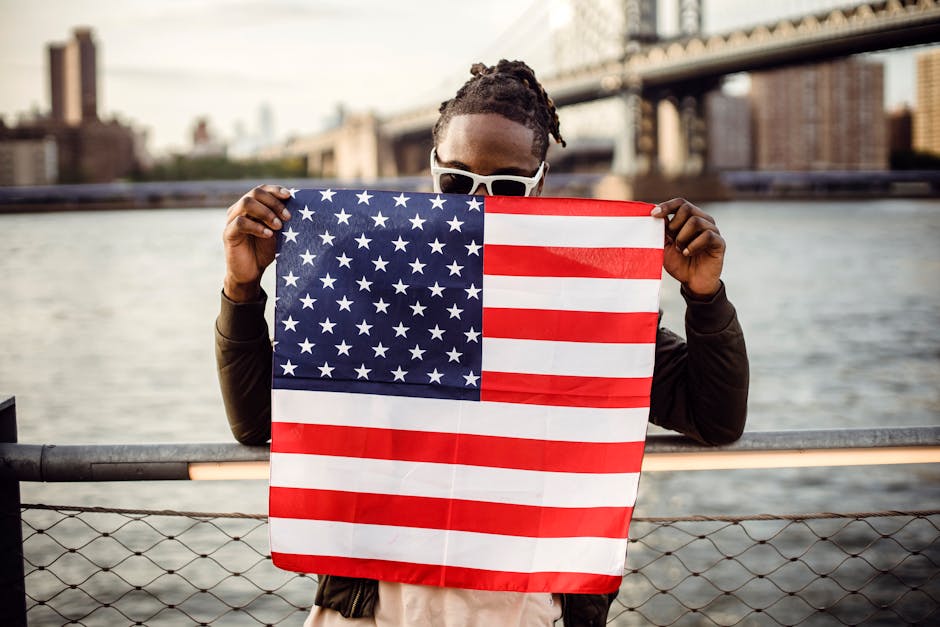
In a world where logos reign supreme, it’s crucial to remember that not all symbols are created equal. Crafting culturally-sensitive logos isn’t just about avoiding offensive stereotypes; it’s about creating designs that resonate with diverse audiences and celebrate the richness of different cultures. So grab your design tools and get ready to navigate the world of logo creation with finesse and flair. Let’s dive into the professional guide on how to craft logos that not only look good but also do good in our multicultural world.
Defining Cultural Sensitivity in Logo Design
So you think you have what it takes to design a culturally sensitive logo? Well, buckle up because it’s not as easy as slapping a sombrero on a taco and calling it a day. Here are some tips to help you navigate the treacherous waters of cultural sensitivity in logo design:
First things first, research, research, research! You can’t just rely on stereotypes and cliches to represent a culture. Dig deep and really get to know the customs, traditions, and symbolism of the culture you’re trying to portray. This will help you avoid any major cultural faux pas.
When it comes to color choice, be mindful of the cultural significance of different colors. For example, in Western cultures, white is often associated with purity and weddings, while in Eastern cultures, it can symbolize mourning and death. Choose colors that are appropriate and meaningful to the culture you’re representing.
Remember, cultural sensitivity isn’t just about avoiding offense, it’s also about celebrating diversity and inclusivity. Be open to feedback and willing to make changes if necessary. And most importantly, have fun with it! Designing a culturally sensitive logo can be a challenging but rewarding experience.

Understanding the Importance of Cultural Relevance
Imagine if you showed up to a fancy dress party in a superhero costume while everyone else is in business casual attire. Awkward, right? That’s because cultural relevance is like the dress code of the world. It’s all about fitting in and knowing what’s appropriate in different situations.
means acknowledging that not everyone sees the world through the same lens. Just because something is a norm in one culture, doesn’t mean it’s universal. It’s like trying to explain the concept of ‘personal space’ to a sardine in a can – it just won’t compute!
When you take the time to embrace cultural relevance, you’re not just avoiding social faux pas. You’re also opening yourself up to new perspectives and experiences. It’s like upgrading from black-and-white TV to full-color HD – everything suddenly becomes more vibrant and exciting!
So, next time you’re in a situation where cultural relevance is key, remember to think outside the box. Embrace the differences, learn from them, and who knows – you might just end up being the life of the party!
Researching Cultural Symbols and Meanings
Have you ever pondered the deep meaning behind cultural symbols? Well, strap in because you’re about to embark on a wild research ride through the fascinating world of symbolism!
As you dive into your research, remember to keep an open mind and be prepared to uncover some truly mind-blowing insights. From ancient hieroglyphics to modern emoji usage, cultural symbols are everywhere and each one has a unique story to tell.
Get ready to uncover the hidden meanings behind symbols like the yin and yang, the mighty eagle, or even the humble pineapple. You’ll be amazed at how much history and significance can be packed into a single image or object.
So grab your magnifying glass, dust off your detective hat, and get ready to unravel the mysteries of cultural symbols like never before. Who knows what secrets you’ll uncover along the way!

Utilizing Color Theory in Culturally-Sensitive Logo Design
When it comes to creating culturally-sensitive logo designs, color theory plays a crucial role in conveying the right message to your audience. Choosing the right colors can help your logo resonate with different cultures and communities in a positive way.
Here are a few tips on how to utilize color theory effectively in your logo design:
- Research Color Meanings: Different colors hold different meanings in various cultures. Before finalizing your logo design, make sure to research the cultural significance of each color you plan to use.
- Avoid Taboo Colors: Some colors may carry negative connotations in certain cultures. Be cautious about using colors that may be considered offensive or taboo in the community you are targeting.
- Create a Harmonious Color Palette: Use colors that work well together and complement each other. A harmonious color palette will not only make your logo visually appealing but also culturally sensitive.
By incorporating these color theory principles into your logo design, you can create a culturally-sensitive branding that resonates with a diverse audience. Remember, a well-thought-out color scheme can make a world of difference in how your logo is perceived by different cultures!

Avoiding Stereotypes and Appropriation in Logo Design
Let’s dive into the world of logo design and navigate the murky waters of stereotypes and appropriation. It’s like being a logo design detective, searching for clues to create the perfect visual representation without offending anyone!
First things first, say no to stereotypes! Avoid using cliches or overused symbols that perpetuate harmful stereotypes. Instead, get creative and think outside the box. Use unique symbols or imagery that are inclusive and representative of a diverse audience. Remember, your logo should reflect your brand values, not outdated stereotypes.
Next up, steer clear of cultural appropriation. It’s like accidentally wearing a traditional outfit to a wedding and getting side-eyed all night. Do your research and make sure you’re not using sacred symbols or imagery without understanding their cultural significance. When in doubt, consult with experts or people from that culture to ensure your design is respectful and appropriate.
So, how can you make sure your logo design is free from stereotypes and appropriation? Check, double-check, and triple-check! Get feedback from a diverse group of people to ensure your design resonates with everyone. Remember, a good logo is not just visually appealing, but also culturally sensitive and inclusive. By following these tips, you’ll be on your way to creating a logo that stands out for all the right reasons!
Seeking Feedback from Diverse Focus Groups
Hey there folks! We are on a mission to gather feedback from a wide range of focus groups to ensure that our product is appealing to everyone. We want to hear from all walks of life, from the tech-savvy millennials to the wise elders who may not be so fond of technology.
So, if you belong to a diverse group and want to share your thoughts with us, we’d love to hear from you! Join us for a fun and engaging feedback session where we promise to listen to all your constructive criticism and ideas with open ears.
Not sure if your group qualifies as diverse? Here are some examples of the types of groups we are looking to hear from:
- Seniors: Are you a silver fox who prefers a good old-fashioned flip phone over the latest smartphone?
- Gen Z: Are you a Zoomer who can TikTok like a pro and can’t live without your AirPods?
- Stay-at-home parents: Are you a multitasking master who juggles parenting, work, and everything in between?
Each group brings a unique perspective to the table, and we are eager to learn from all of you. So, sign up now and let your voice be heard!
FAQs
How can a logo designer ensure their design is culturally-sensitive?
To ensure a logo design is culturally-sensitive, a designer should conduct thorough research into the target audience’s culture, customs, and values. It’s important to avoid using any symbols or imagery that could be deemed offensive or inappropriate in that particular cultural context.
What are some examples of culturally-insensitive logos?
Some examples of culturally-insensitive logos include using religious symbols inappropriately, cultural stereotypes, or misappropriating indigenous imagery without proper understanding or respect for its significance.
Can a logo be both culturally-sensitive and visually appealing?
Absolutely! By incorporating elements that are meaningful and significant to the target audience while still maintaining a strong design aesthetic, a logo can be both culturally-sensitive and visually appealing.
How can a designer collaborate with clients to create a culturally-sensitive logo?
Communication is key! By openly discussing cultural considerations with clients, sharing research findings, and being open to feedback and adjustments, designers can collaborate effectively to create a culturally-sensitive logo that resonates with the intended audience.
Happy Logo Crafting!
Now that you’ve learned the ins and outs of crafting culturally-sensitive logos, go forth and create designs that truly resonate with your target audience. Remember, a well-crafted logo can speak volumes about your brand and its values. So put your creative hats on, do your research, and get ready to wow the world with your culturally-conscious designs. Happy crafting!









